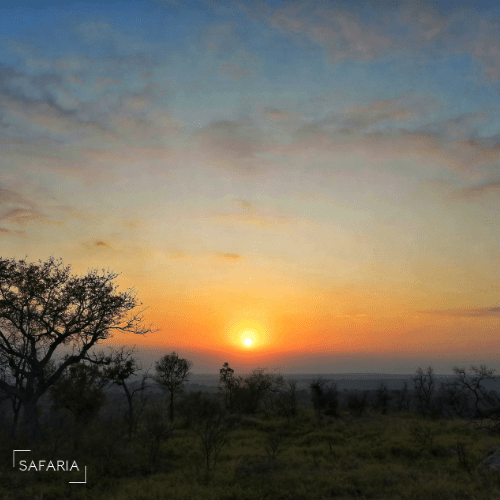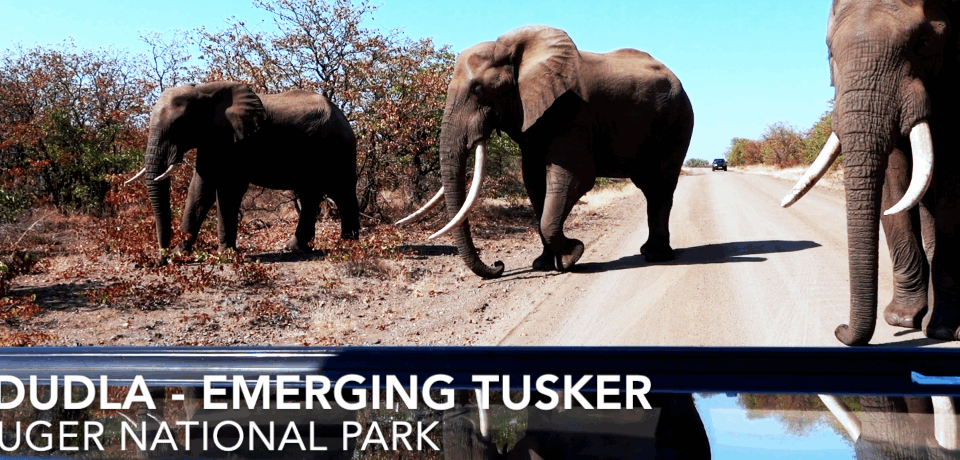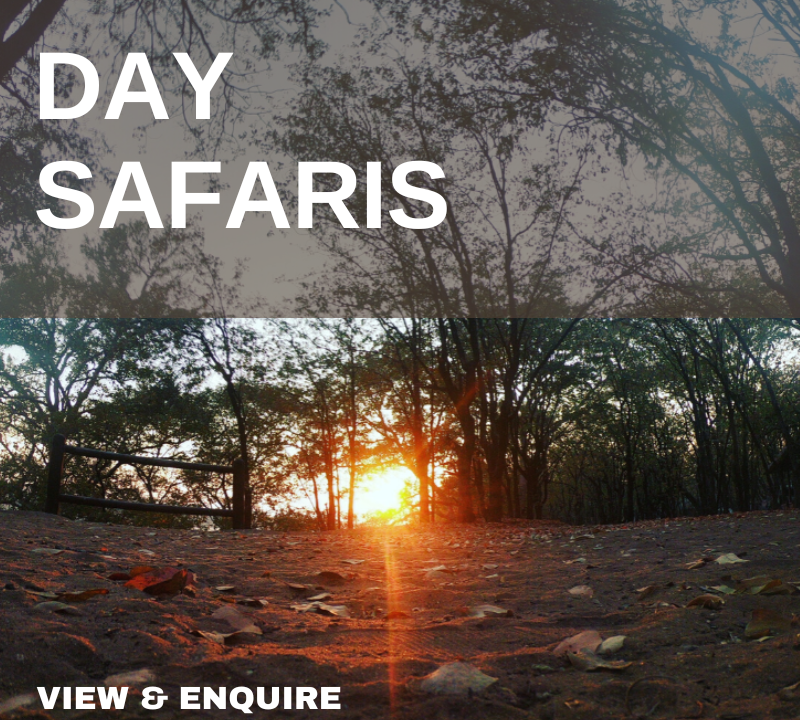The Kruger National Park Story
February 24, 2017
Together with James Stevenson Hamilton, Paul Kruger for most part must be considered as the most influential person in the establishment of the Kruger National Park. During the early era, up until mid 1800’s, the area was excessively hunted. It was an easy affair and became a way of life for the early Lowvelder’s. With an abundance of game there where no restrictions and the daily slaughter went on without control or management. It wasn’t until 1884 that the idea of establishing a “game reserve” was discussed at an official government level. President Paul Kruger was in his own right an ardent hunter as a youth and enjoyed this part-time well into his years as a military man. Despite this he recognized the desperate need for protected areas due to a steady decline in wildlife. Paul Kruger acknowledged that something needed to be done and as he entered his political phase of life made this one of his many personal mandates.
View all our Kruger Park Safaris and Tailormade Tours
Initially, his thoughts and suggestions didn’t receive a positive response from the Boer administration but after 5 years of pressing the issue, two areas, namely Pongola and Shingwedzi, were set aside and established as protected reserves on the 13th June 1894. This notion generated interest and in 1895 Mr. Van Vijk and Mr. Loveday tabled a notion to proclaim a reserve between the Crocodile and Sabie rivers. This area would be bordered in the east by the Lebombo mountain range and its western boundary would be the already established transport line that ran from North to South through Pretoriouskop. The original proposal took two long years to find result but in the end was accepted with much excitement and on the 26 March 1898 the boundaries were agreed and proclaimed in the Government Gazette. This decision gave birth to the Sabie Game Reserve and the first steps in the establishment of the Kruger National Park.
In 1899 a President Paul Kruger declared war on the British Empire and the Anglo Boer war started. The Lowveld did not escape the conflict and became a sought-after are with many conflicts and fighting. The wildlife was not spared and used as part of the daily rations to feed soldiers and the game was slaughtered without moral conscious. The war finally came to an end on the 31st May 1902 and so began the slow rebuilding of the reserve. In order to rebuild the park, it was agreed that a dedicated focus be put in place and Major James Stevenson Hamilton was appointed in July 1902 as its Head Ranger. During 1903 the new colonial administration had proclaimed more land to the North and an aggressive expansion was put in place to further Paul Kruger’s dream. The area between the Letaba River and the Limpopo river which became known as the Shingwedzi region were added but there was a complication as the area between the Sabie Reserve and the Shingwedzi Reserve were separated by an unproclaimed piece of land.
Sadly war broke out again in 1914 and raged on until 1918. Further challenges were incurred as the demand for the area grew for farming and mining activities. On the 9th December 1925 then Minister of Land, Mr. Piet Grobler managed to convince all the landowners that a National Park would be in the best interest of the area and country. Finally, on the 31st May 1926, the National Parks bill was tabled and accepted. This was seconded by then General Jan Smuts and with unanimous party agreement, the reserve was proclaimed. In honor of its visionary, it would be known as the Kruger National Park.
From Wilderness to Icon: The Evolution of Kruger National Park (1898-2023)
In the heart of South Africa’s lush Lowveld region lies a landscape that encapsulates the journey of conservation, the preservation of biodiversity, and the intricate dance between humans and the wild. Kruger National Park, a name synonymous with untamed beauty and wildlife splendor, traces its roots back to 1898. What began as a vision to protect wildlife and nature has evolved into a global icon of conservation, spanning over a century of history and growth.
1898-1926: Seeds of Protection In 1898, the visionary Paul Kruger, President of the Transvaal Republic, declared certain areas as protected game reserves. This marked the first step toward preserving the region’s remarkable biodiversity. These early conservation efforts were driven by a desire to safeguard Africa’s natural heritage and ensure the survival of its iconic species.
1926-1940s: The Birth of a Sanctuary The culmination of years of conservation discussions and planning led to the official establishment of Kruger National Park in 1926. James Stevenson-Hamilton, the park’s first warden, assumed his role with a fervent dedication to wildlife protection. His tireless efforts to combat poaching, enforce regulations, and develop infrastructure laid the foundation for the park’s future success.
1950s-1960s: Unforeseen Challenges As Kruger National Park flourished, new challenges emerged. The construction of a boundary fence in the 1960s, intended to mitigate human-wildlife conflict and disease transmission, raised concerns about its impact on natural migration patterns. Balancing the needs of the park’s ecosystem with its human inhabitants became a delicate task.
1970s-1990s: The Era of Conservation Awareness The late 20th century saw a global shift in awareness toward environmental conservation. Kruger National Park embraced this ethos, focusing on community engagement, educational programs, and research initiatives. The park began to foster a sense of stewardship among visitors and locals alike, emphasizing the interconnectedness of all life forms within its boundaries.
2000s-2020s: Sustainability and Transboundary Cooperation As the 21st century unfolded, Kruger National Park expanded its conservation vision beyond its borders. Collaborative efforts led to the establishment of the Great Limpopo Transfrontier Park, connecting protected areas in South Africa, Mozambique, and Zimbabwe. This innovative approach to conservation emphasized the importance of ecosystem connectivity and the transboundary movement of wildlife.
2023 and Beyond: The Continuing Legacy Kruger National Park stands today as a testament to the enduring power of conservation. It has become not only a sanctuary for Africa’s iconic wildlife but also a living laboratory for ecological research, a beacon of sustainable tourism, and a testament to the human capacity to protect and preserve the natural world.
A Journey of Harmony The establishment of Kruger National Park from 1898 to 2023 is a testament to the harmonious coexistence of humanity and nature. From the indigenous peoples who first roamed its lands to the conservationists, rangers, and visitors who continue to walk its paths, Kruger’s story is a reflection of our shared responsibility to safeguard the fragile ecosystems that sustain us.
As we reflect on its past and look toward its future, Kruger National Park remains an enduring symbol of the interconnectedness of all life on Earth—a testament to what can be achieved when dedication, vision, and a deep respect for nature converge.
Beyond its well-known status as a haven for wildlife and a symbol of African conservation, Kruger National Park harbors a wealth of fascinating and lesser-known historical stories. These narratives provide a deeper understanding of the park’s evolution and the people who have shaped its destiny. Here are some intriguing aspects of Kruger’s history:
- Indigenous Communities: Before it became a protected area, the land that now comprises Kruger National Park was inhabited by indigenous communities, such as the San and Tsonga people. Their deep connection to the land left traces in the form of rock art and cultural artifacts, underscoring the historical significance of the area.
- Hunter-Gatherer Past: The San people, who inhabited the region thousands of years ago, practiced hunter-gatherer lifestyles. Their survival skills, knowledge of medicinal plants, and artistry in rock paintings provide a glimpse into the ancient history of the area.
- Early Game Reserves: Even before the formal establishment of Kruger National Park, portions of the land were designated as game reserves. In the late 1800s, Paul Kruger, then President of the Transvaal Republic, declared certain areas as protected spaces to preserve wildlife for future generations.
- Toll Levy Controversy: The creation of the park involved a complex negotiation with local communities. In 1898, Paul Kruger imposed a toll levy on the transport of goods through the region, using the revenue to fund wildlife conservation and establish game reserves—a precursor to the park’s establishment.
- James Stevenson-Hamilton: The first warden of the park, James Stevenson-Hamilton, played a crucial role in its early management and development. He was instrumental in implementing policies to protect wildlife and combat poaching, establishing the foundations of modern wildlife conservation.
- World War II Influence: During World War II, the park was used for military training by the South African Defence Force. The impact of these activities on the environment led to significant restoration efforts post-war.
- The Boundary Fence: The park’s boundary fence, constructed in the 1960s to reduce human-wildlife conflict and curb the spread of diseases like foot-and-mouth, had unintended consequences on animal migration and ecosystem dynamics. Portions of the fence have since been removed to restore natural movement.
- Cultural Heritage Sites: Kruger National Park contains a number of archaeological and cultural heritage sites, including ancient rock art and stone tools. These sites provide insights into the historical activities and beliefs of early inhabitants.
- San Rock Art: Several sites within the park showcase San rock art, depicting scenes of daily life, animals, and spiritual beliefs of these ancient peoples. These artworks provide glimpses into the cultural significance of the area over millennia.
- Conservation Dilemmas: Balancing the conservation of wildlife with the needs of local communities has been an ongoing challenge. Efforts to involve communities in sustainable tourism and benefit-sharing have evolved over time to ensure their active participation in conservation initiatives.
- Transboundary Conservation: The park’s borders extend into Mozambique and Zimbabwe, forming part of the Great Limpopo Transfrontier Park. This collaboration aims to create a vast protected area, allowing for the movement of wildlife across national boundaries.
These lesser-known historical threads weave a tapestry of the Kruger National Park’s past, reflecting the interactions of people, animals, and landscapes. They remind us that the park’s significance goes beyond its natural beauty, encompassing a complex history of indigenous heritage, conservation efforts, and the intricate balance between human and natural worlds.






